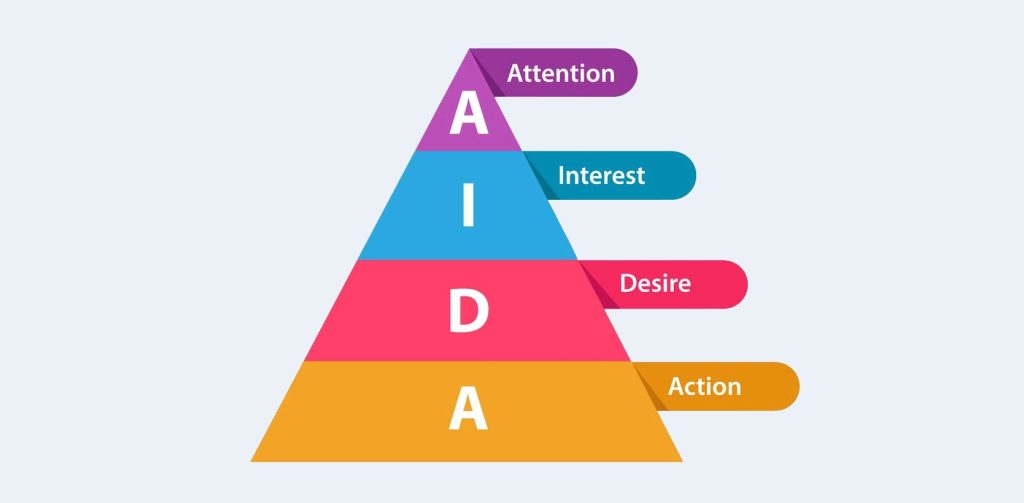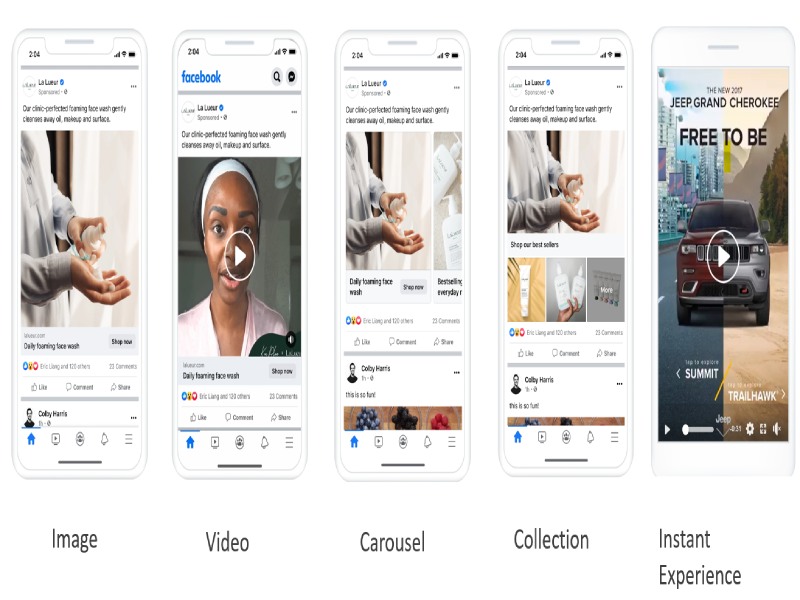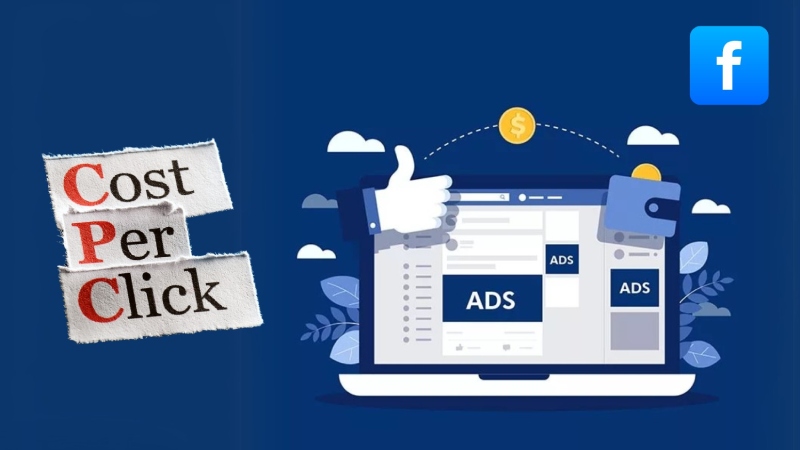Facebook Ads are a powerful tool for promoting clinical trials. This guide covers 8 simple steps and best practices, including insights from NEMI Ads, to optimize your campaign and reach your audience effectively.
| Facebook is a highly effective and powerful tool for recruiting patients for clinical trials. +> With its extensive reach and precise targeting capabilities, Facebook allows researchers to connect with a broad audience while zeroing in on specific demographics essential for their studies. +> The Goal: Utilize Facebook Ads to efficiently recruit patients who are eligible and willing to participate in clinical research. +> For Example: By leveraging demographic information such as age and location, researchers can identify and engage individuals most likely to participate in trials within targeted communities. |
1. 8 Steps to Successfully execute Facebook Ads for Clinical Trials
Effective Facebook Ads for clinical trials can be a powerful tool to recruit participants efficiently. Follow these 8 steps to maximize your reach and engagement:
1.1. Determine your Objective for Facebook Ads in Clinical Trials
The main goal when running Facebook Ads for clinical trials is to recruit patients by encouraging them to either register or fill out information request forms. Clearly defining this objective is crucial, as it will guide every aspect of your ad campaign, from targeting and messaging to the call-to-action (CTA).
Use the AIDA Model: To refine your objective further, consider using the AIDA model (Attention, Interest, Desire, Action) to outline the specific stages of your Facebook marketing for clinical research campaign:
- Attention: Your initial ads should grab the target audience’s attention. For this stage, the objective could be to raise awareness about the clinical trial and its purpose. For example, use engaging visuals or headlines to highlight the importance of the research.
- Interest: Once you’ve captured their attention, the next step is to build interest. Here, the objective is to provide more detailed information about the trial, such as its benefits, eligibility criteria, and the impact it could have on the patient’s health or the medical community. Use carousel ads or video content to explain the trial comprehensively.
- Desire: Now, the goal is to create a desire to participate. Highlight the unique benefits of joining the trial, such as free health check-ups or contributing to groundbreaking research. Testimonials or success stories can be effective at this stage to make your trial more appealing.
- Action: Finally, encourage the desired action. This is where your primary objective comes into play – getting patients to register or fill out a form. Ensure your CTA is clear and straightforward, like “Sign Up Now” or “Request More Information.”

1.2. Step 2. Identifying the Right Target Audience for Clinical Trial Facebook Ads
Defining your target audience is crucial for a successful Facebook ad campaign for clinical trials, especially when it comes to recruiting participants. Here’s how you can fine-tune your audience settings to ensure your clinical trial recruitment ads reach the right people:
- Demographics: Use Facebook’s targeting options to zero in on specific demographic characteristics like age, gender, and interests. This ensures your ads are seen by potential participants who meet the criteria for your trial. In Facebook ads for research recruitment, targeting based on precise demographics enhances your chances of attracting qualified candidates.
- Location: Target areas within a 10-mile radius of your research site to reach individuals who can easily access the trial location. Adjust this range based on the mobility and accessibility of your target participants.
- Age: Focus on age groups that align with your trial’s requirements. It’s important to strike a balance between narrowing down your audience and keeping it broad enough to maintain cost-effectiveness.
- Gender: If your clinical trial is specific to a certain gender, make sure to set this in your targeting to avoid unnecessary ad spend.
- Interests: Leverage Facebook’s interest categories to reach people who may have a connection to your trial. For example, target those interested in health, wellness, or specific medical conditions relevant to your research.

1.3. Step 3. Set your Budget
According to Stony Brook Research, a typical budget for Facebook ads for clinical trials should range between $1,000 – $3,000. This provides a solid starting point to reach a broad audience while remaining cost-effective for digital marketing for clinical trials.
Before starting your ad campaign, assess your budget and timeline for recruitment. Clearly define your budget to align with your goals and measure success accurately. Start with a smaller budget and monitor performance, focusing on sign-ups rather than just clicks. Monitor metrics such as cost per lead and conversion rates, which are critical in Facebook ad strategies for clinical trials, to ensure your funds are being spent on the most effective ads.
To optimize your clinical trial recruitment ads, gradually increase the budget if the campaign shows positive performance. This approach ensures that you are not overspending while reaching your target participants in a cost-efficient manner.
1.4. Step 4. Check your Reach to make sure it’s Sufficient.
Facebook Ad Manager provides estimated reach data based on your demographic, interest, and budget settings. This data is crucial for understanding the potential impact of your campaign and ensuring it’s sufficient to meet your recruitment goals.
Here are some key metrics to consider for an efficient clinical trials ad campaign. Aim for these benchmarks to optimize your ad performance:
- Click-Through Rate (CTR): Ideally, around 0.5-2% of people who see your ad should click on it. This indicates that your ad is engaging and relevant to your target audience.
- Sign-Up Rate: Out of those who click on your ad, about 8-15% (with an average of 10%) should proceed to sign up for the clinical trial. This percentage reflects the effectiveness of your landing page and the appeal of your trial offering.
Estimate Expected Output: You can use the following formula to estimate the number of participants you might recruit based on your reach:
For example, if your reach is 50,000, then 50,000 x 0.001 = 50 expected sign-ups. This calculation helps you adjust your campaign settings to ensure sufficient reach to achieve your recruitment targets.

2.5. Step 5. Create Ad Content for Facebook Ads in Clinical Trials
Creating compelling ad content is crucial to the success of your campaign. To ensure your ads resonate with your audience and drive engagement, follow these key steps:
- Preparation: Start early to refine your messaging, aligning it with your goals and ensuring compliance with guidelines.Early planning ensures compliance and prevents last-minute issues for clinical trial advertisements.
- Create Multiple Options: Develop 2-3 variations of headlines and copy. Experiment with different combinations to identify what resonates most. A/B testing helps optimize for higher engagement.
- Run Multiple Campaigns: Use different ad variations to target a broader audience. Tailor content to specific demographics to increase reach and improve ROI for social media advertising for clinical trials.
- Use Friendly Language: Opt for clear and simple language that’s easy to understand. Avoid technical jargon to build trust and make your message more approachable.

2.6. Step 6. Get Ad Approval
Getting your ad approved is a crucial step to ensure that your campaign runs smoothly on platforms like Facebook. Follow these guidelines to increase your chances of passing the approval process
- Pre-Approval: Obtain approval from both the ethics committee (IRB) and Facebook. This ensures compliance with ethical standards and platform policies. Submitting early allows time to address potential issues before launch.
- Preliminary Testing: Upload your ad to Facebook with a budget of $0 to test if it passes initial approval. This helps identify issues without spending money. If rejected, make the necessary adjustments and resubmit.
- Align with Policies: Use clear, concise messaging and avoid sensitive or controversial content. Focus on creating ads that provide a positive user experience, adhering to Facebook’s content guidelines to improve approval chances.
2.7. Step 7. Select your Ad Placement
Choosing the right ad placement is essential to maximize visibility for your clinical trial recruitment ads. Consider the following options to ensure your ad reaches your target audience effectively:
- Placement Options: Use placements like the newsfeed, sidebar, or mobile-friendly locations. Ensure content displays well across devices to enhance user experience and engagement. Select placements that align with your audience’s habits to improve performance in social media advertising for clinical trials.
- Prioritize Mobile: Mobile ads are effective, as many users access content via mobile devices. In-app or mobile newsfeed ads integrate seamlessly into the browsing experience, boosting campaign impact, which is vital in Facebook ads for research recruitment.
2.8. Step 8. Track your Results and Modify Them
Effectively monitoring your Facebook ads for clinical trials is crucial for gauging success and making improvements. Focus on these aspects:
- Measure Effectiveness
Monitor key metrics like sign-up numbers to assess your clinical trial recruitment ads. This data will help pinpoint what’s working and what needs refinement in your social media advertising for clinical trials. - Optimize with Data
Use Facebook’s tracking tools to gather interaction data. This informs your adjustments, boosting the effectiveness of your Facebook marketing for clinical research and enhancing your patient recruitment for clinical studies.

3. 3 Best Practices for Facebook Ads in Clinical Trials
To maximize the effectiveness of Facebook ads in clinical trials, it’s important to follow best practices that leverage the platform’s capabilities:
3.1. Leveraging Facebook Pixel for Clinical Trial Recruitment Tracking
Using Facebook Pixel is a powerful way to monitor and analyze user behavior after they interact with your ads. For example, by tracking visits to your website following a click on a call-to-action (CTA), you can gain a clearer understanding of your campaign’s effectiveness. This insight helps you measure how well your ad engages users and drives them to take desired actions.
To further optimize your advertising efforts, utilize the data collected from Facebook Pixel to track key metrics like the number of sign-ups, time spent on the page, and other interactions. This valuable information allows you to refine your future campaigns, ensuring they are more targeted and effective.
3.2. Tailoring Visuals and Messages for Target Audiences
To maximize the effectiveness of social media advertising for clinical trials, tailor your content to resonate with specific audience segments.
- Segment Your Audience
Target by demographics such as age and interests. For instance, use messaging like “Join Our Heart Health Study” for older adults, while focusing on “contributing to innovative research” for younger participants. This ensures your clinical trial recruitment ads remain relevant and engaging. - Visuals – Optimize Images and CTAs
Choose visuals that convey professionalism, such as healthcare professionals interacting with participants. Include clear CTAs like “Sign Up Now for a Free Health Assessment” to drive user action. Ensure the imagery aligns with the clinical trial advertisements to enhance engagement. - Content – Build Appropriate Messaging
Ensure your messaging complies with ethical guidelines, especially in the context of Facebook marketing for clinical research. Avoid misleading language or unrealistic promises. Instead of saying “Cure Your Condition by Joining Our Study,” use accurate phrases like “Help Us Explore New Treatments for [Condition] by Participating in Our Study.” This builds trust and improves the success of targeted ads for clinical trials.

3.3. Using A/B Testing for Clinical Trial Ad Optimization
A/B testing helps identify the most effective ad elements. By testing different variations of content, visuals, or CTAs, you can determine which version performs best.
For instance, when promoting a clinical trial, test different headlines like “Join Our Diabetes Clinical Trial for Free Medication” versus “Participate in a Diabetes Study and Contribute to Medical Research.” You can also experiment with images, such as a healthcare professional versus a participant. This method helps refine ads based on real interactions.
Use Facebook Ads Manager to measure metrics like CTR, CPC, and conversion rates. Compare results to find the most cost-effective approach, focusing on variations that drive the highest registrations.
4. Renting Facebook Ads Account for Clinical Trials with NEMI Ads
In the sensitive field of clinical trials, many brands using Facebook ads face the risk of their accounts being banned or suspended, particularly if their accounts aren’t robust enough to handle the platform’s strict advertising policies. This challenge makes it essential to have a reliable and strong Facebook ads account to ensure your campaigns run smoothly.
NEMI Ads offers a solution by providing access to strong, reliable Facebook Ads accounts with the following unique selling points (USPs):
- Strong Accounts: With NEMI Ads, you get access to strong accounts that are less likely to face suspensions. Even if an account is suspended, NEMI Ads can assist with the appeals process to restore the account efficiently.
- 24/7 Support: NEMI Ads offers around-the-clock support to address any issues you may encounter with your campaigns, ensuring your ads stay live and effective.
- Campaign Consultation: Receive expert advice on campaign strategies, content creation, and ad optimization to align with your specific goals. NEMI Ads helps tailor your strategy to ensure compliance and maximize the performance of your ads.
In this guide, NEMI Ads has provided a comprehensive overview of executing Facebook Ads for clinical trials in 8 simple steps. By following these strategies, you can effectively reach your target audience and maximize engagement. If you need expert support or a robust Facebook Ads account to ensure the success of your campaign, NEMI Ads is here to help.










